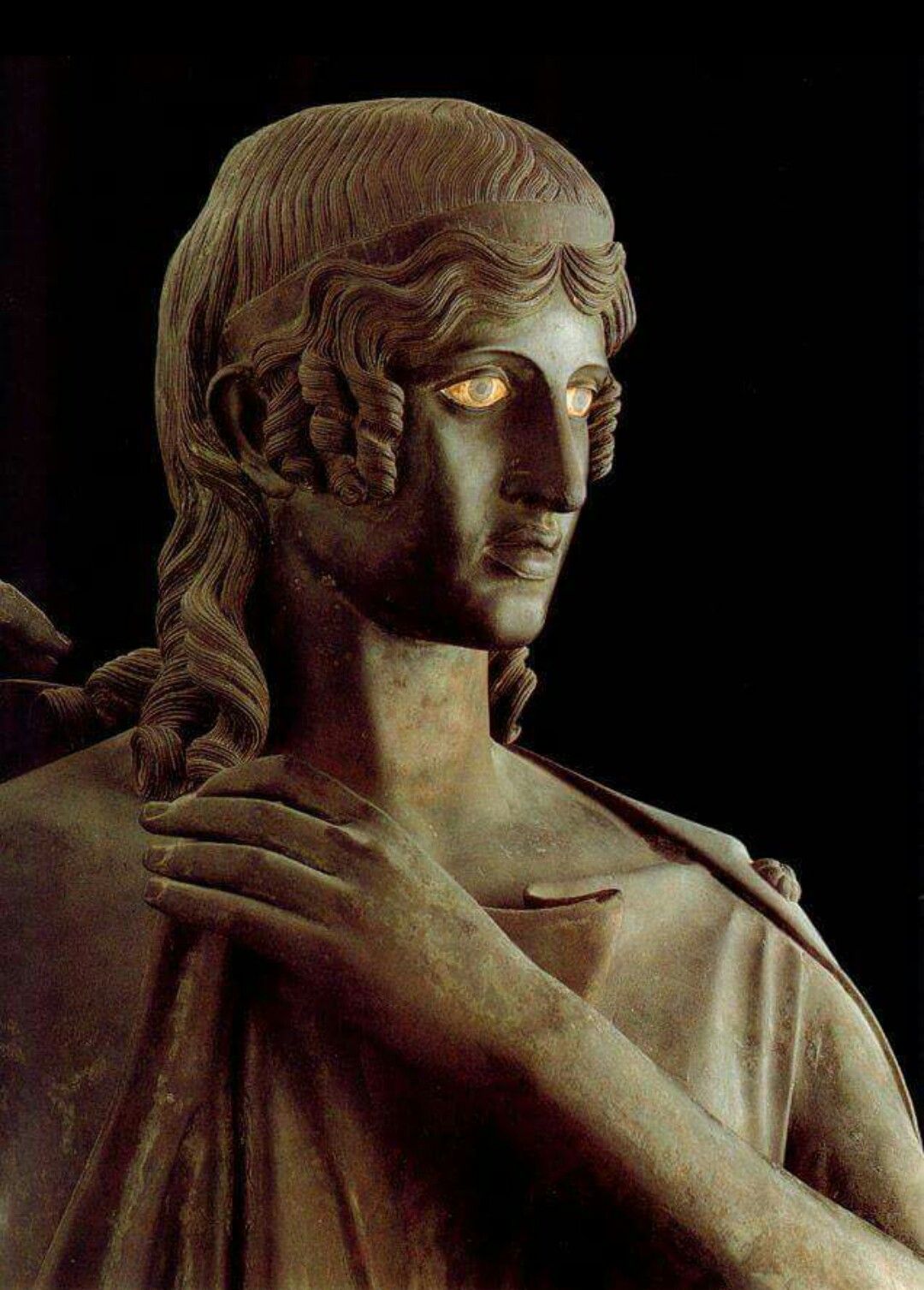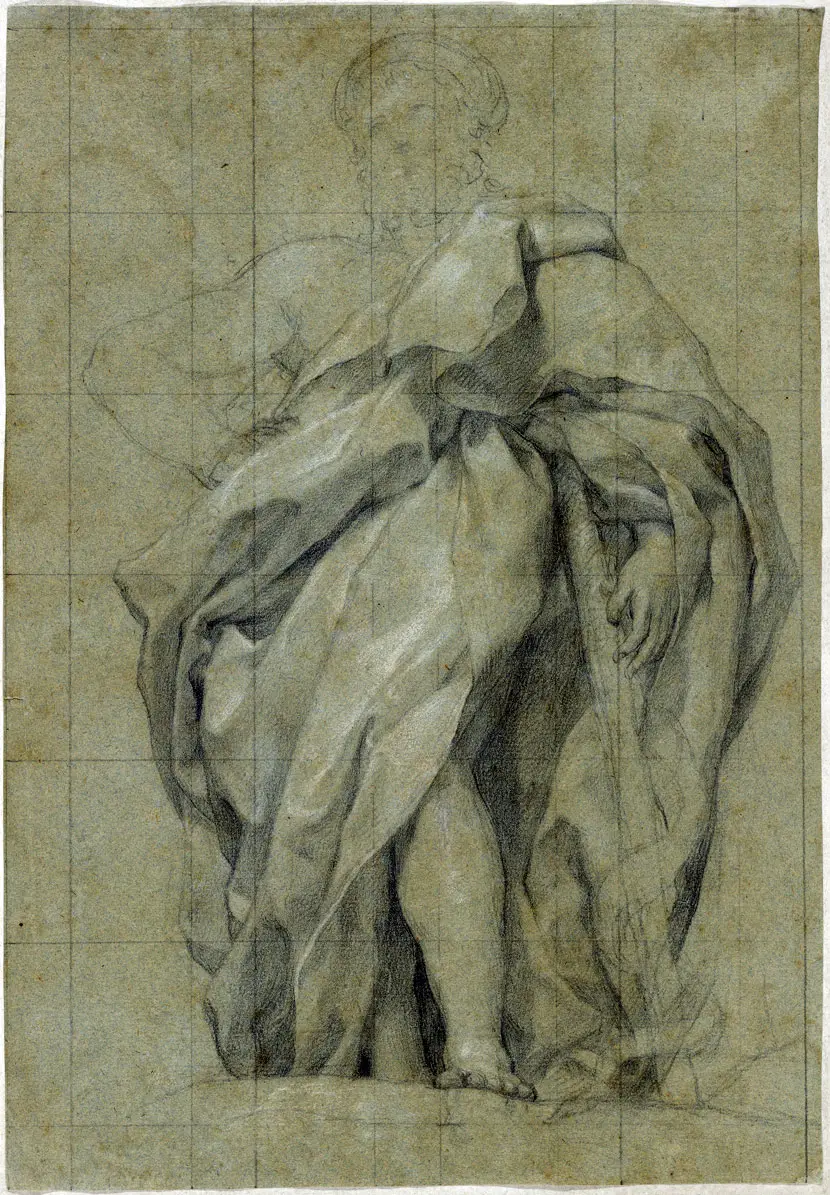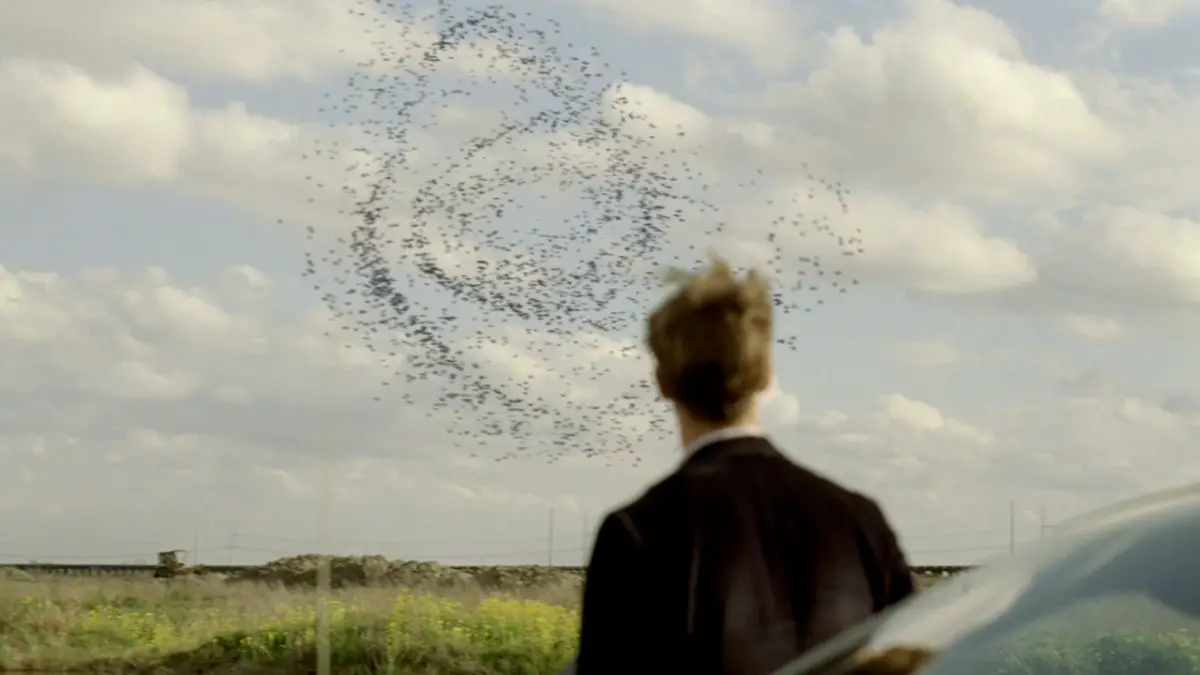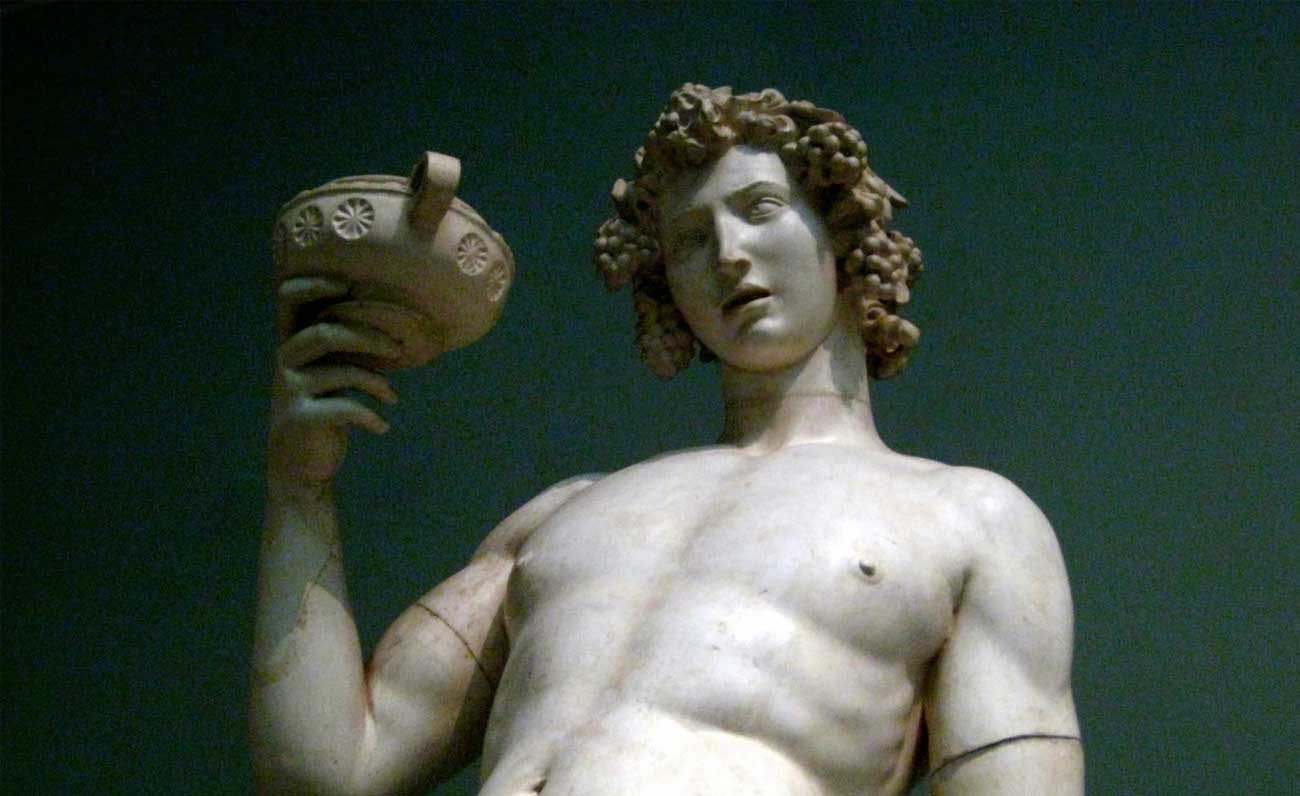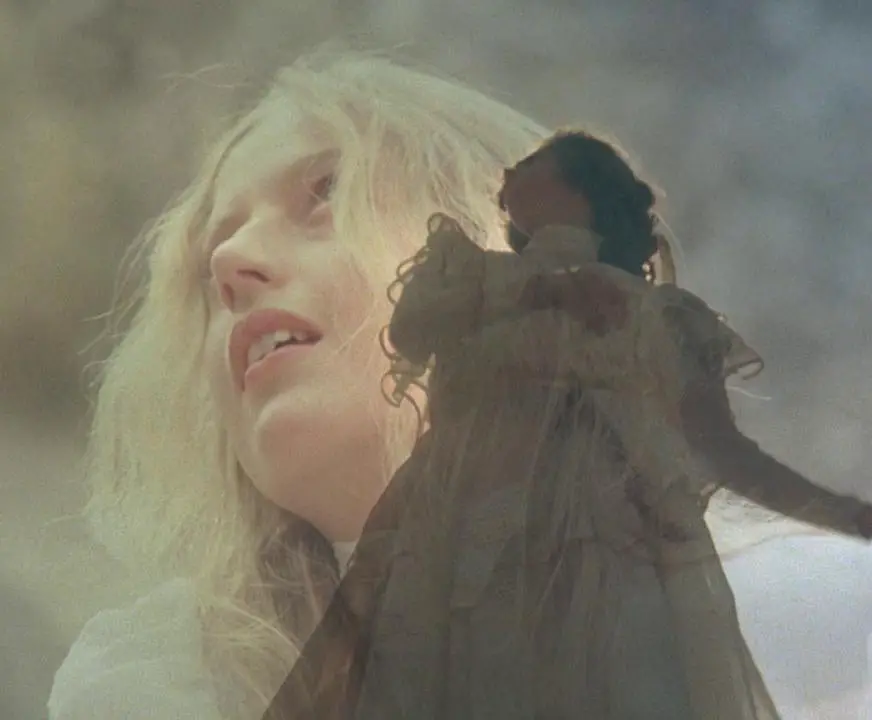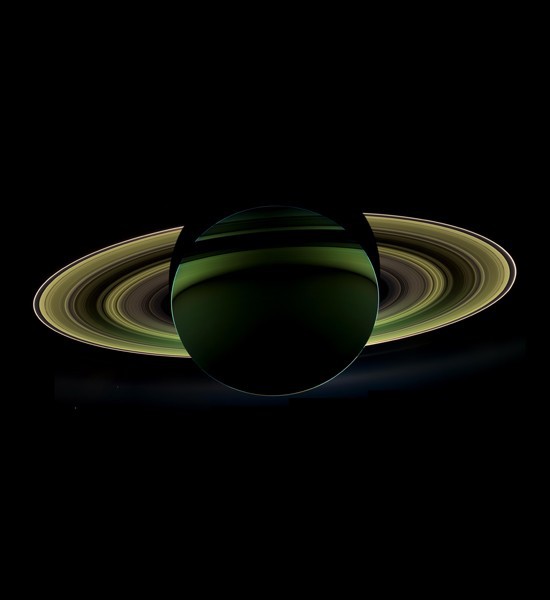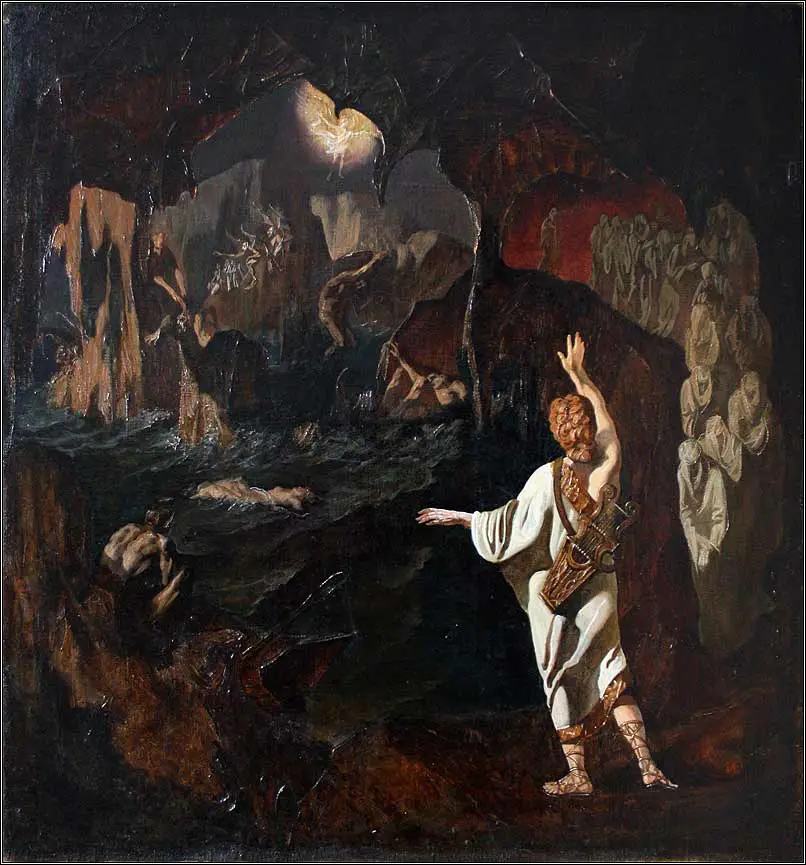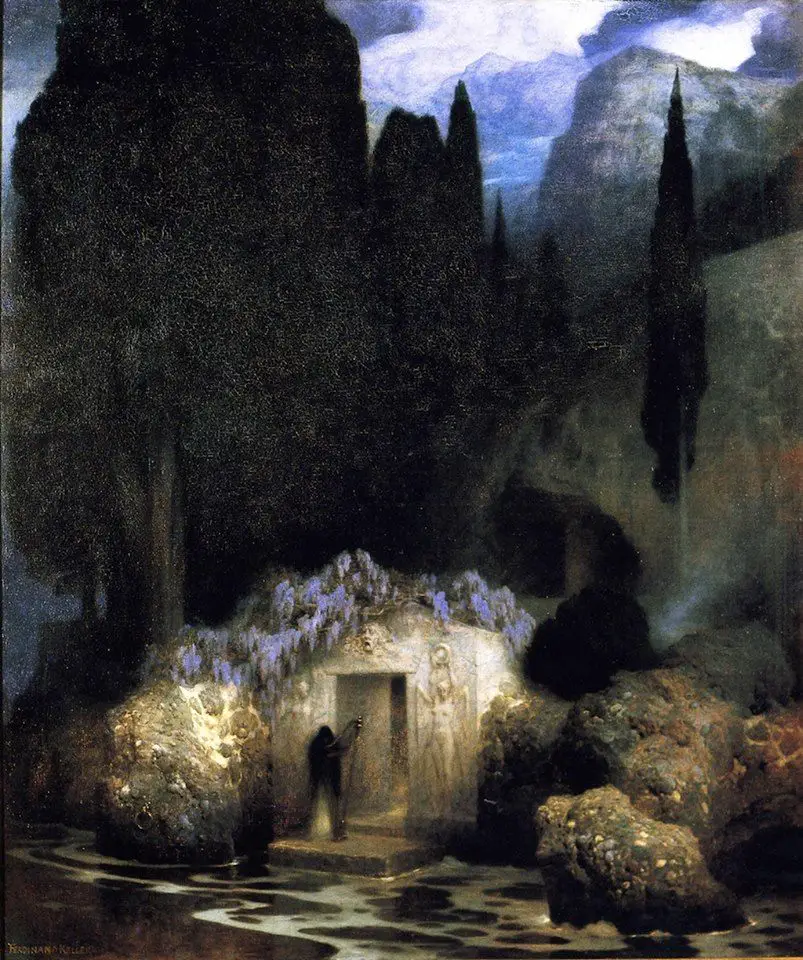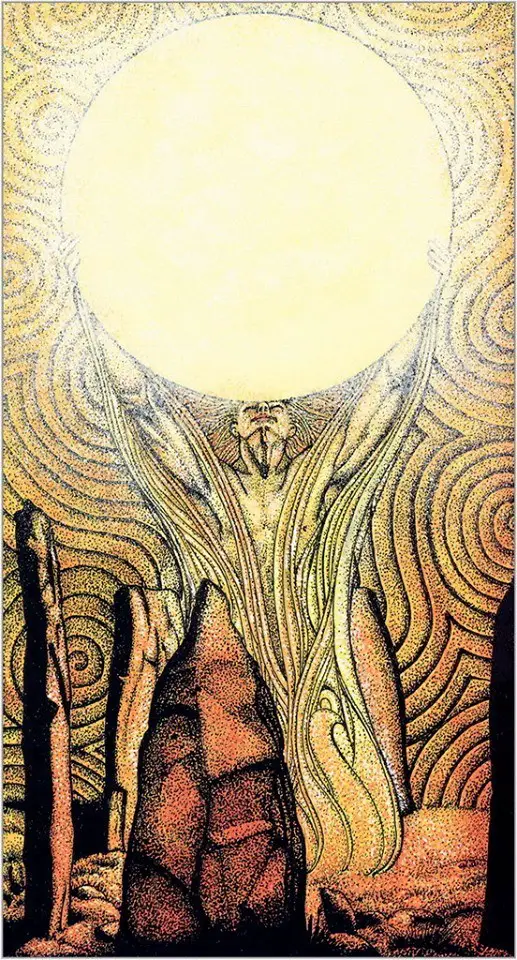Tag: Apollo
LIVE VIDEO: “Apollo, Pan, Dionysus” by FG Jünger, with Mario Bosincu
While waiting to announce the March live broadcasts, we share last week's presentation for those who missed it: Apollo, Pan, Dionysus by Friedrich Georg Jünger (Le Lettere, 2023) with guest curator and author of the introductory commentary Mario Bosincu.
Apollo, Angel of the Abyss (Giovanni Sessa, «The Borghese»)
Zalmoxis, Apollo Soranus & le Mannerbünde
On the occasion of the publication of the first paperback for newborn girls Axis Mundi Editions, we publish a preview of the first chapter of The Angel of the Abyss. Apollo, Avalon, the Polar Myth and the Apocalypse dedicated to Geto-Thracian shamanism (in the mythical figure of the demigod Zalmoxis) and its relationship with the sacred practices of the Apollonian iatromancers.
Joan of Arc, the Fairies and "San Michele"
Who prayed Joan of Arc on May 30, 1431, when, in the flames of the stake, she was begging her god to welcome her into his kingdom? An emblematic story of pagan survivals, fairy trees and apparitions of angels of light. A fatal destiny, between predestinations to martyrdom, Apollonian ecstasies and heresies.
Apollo the Destroyer: "coincidentia oppositorum" in hyperborean mysticism and eschatology
Although mostly considered in his "luminous" and "uranic" meaning, in the archaic tradition Apollo combines the most extreme dichotomies in his mystical and eschatology: the bow and the lyre, wisdom and "mania", depth and elevation, the catabasis and the journey in spirit to the White Island, the "Fall" of Being and the return of the Golden Age. Starting from ancient sources, we can find similar concepts not only to those of North Asian shamanism and Celtic spirituality, but even to the sacred vision of some modern poets — like Blake, Shelley and Yeats - whose Apollonian chrism will appear clearer to us if we analyze their “Weltanschauung” in the light of the Platonic and Heraclitean doctrines.
Asclepius: genesis and myth, from hero to god
Genesis of the cult of Asclepius, first a hero-healer and then a divinity of Dream and Medicine in the Hellenic pantheon: from the textile origins to the Homeric and Hesiodic texts.
“True Detective”: Rust Cohle's Final Ascension
In view of the release, scheduled for January 14, of the third season of "True Detective", we propose to our readers the cycle of articles we curated for YAWP on the esoteric elements of the successful television series.
J. Evola: "Dionysus and the Way of the Left Hand"
Evola considers Nietzsche's Dionysus in relation to the so-called "Way of the Left Hand", an initiatory path that involves "the courage to tear off the veils and masks with which Apollo hides the original reality, to transcend forms to get in touch with the elementary nature of a world in which good and evil, divine and human, rational and irrational, just and unjust no longer have any meaning ».
Homer, Heraclitus and the riddle of lice
The riddle of lice posed to Homer by the children of fishermen, and taken up after two and a half centuries by Heraclitus, allows us to reflect on the significance of the Enigma in ancient Hellas.
“Picnic at Hanging Rock”: an Apollonian allegory
Our analysis of Peter Weir's cult film, making use of the interpretative tools of the anthropology of the Sacred, in particular: the Sacred as "Totally Other" according to Rudolf Otto; the "breaking of level", the "suspension of time" and the theme of access to the Other World by Mircea Eliade; Apollonian symbolism according to the studies of Giorgio Colli.
Saturn, the Black Sun of the early days
An in-depth analysis of the most ancient sources in our possession leads us to the conclusion that, 'in illo tempore', in a perspective of "stellar symbolism" (and not yet "solar"), Saturn was considered the true King of Heaven.
Parmenides, priest of Apollo: the "incubatio" and sacred healing
The archaeological findings of Velia allow us to reconstruct the "Apollonian Way" of Parmenides, pre-Socratic philosopher, Apollo's iatromancer and healer
Ioan P. Culianu: the Hyperborean shamanism of ancient Greece
cover: Ilyas Phaizulline, "Orpheus at the Empire of the Dead"
Introduction
curated by Marco Maculotti
When it comes to "shamanism" [I], we usually tend to think of the Siberian one [II], from which the term itself derives, or to the Himalayan one, which often synchronizes with the Buddhist and / or Hindu tradition, or to that of the native populations of North America, Mexico and the Andes, as well as that of the Australian aborigines. More rarely, the importance of shamanic practices for the Indo-European peoples is emphasized, although the classical sources are not poor in this regard.
Apollo / Kronos in exile: Ogygia, the Dragon, the "fall"
di Marco Maculotti
cover: Ferdinand Keller
Here we aim to bring to a conjunction some cycles of articles published so far in this first year of activity of AXIS world: the cycle concerning i Cosmic-agrarian cults of ancient Eurasia, the one focused on the question of Time and cosmic cycles and finally the series of lectures by M. Ruzzai on the Myth of the polar and hyperborean origin of humanity.






